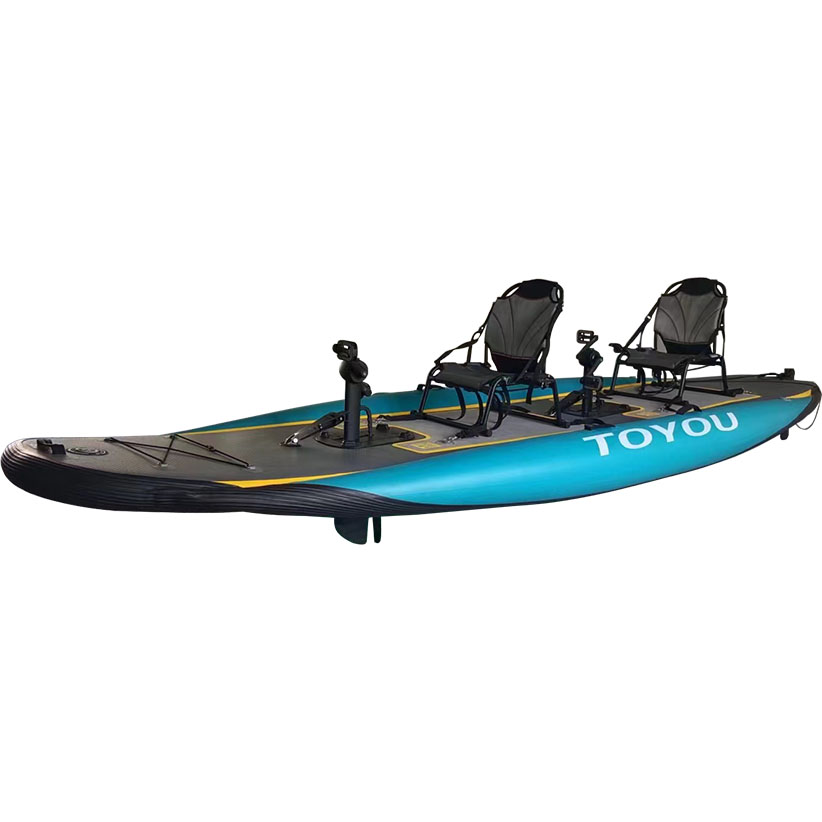Inflatable kayaks can be good for rivers, particularly for calm or moderately flowing waters. Here are some factors to consider:
Advantages:
- Portability: Inflatable kayaks are lightweight and easy to transport, which makes them perfect for river trips where you may need to carry the kayak to the water or through portages.
- Durability: Modern inflatable kayaks are made with durable materials like PVC, which can handle the occasional bump against rocks, tree branches, and other obstacles typically found in rivers.
- Stability: Many inflatable kayaks have wider designs that provide extra stability, which is great for navigating river currents.
- Versatility: Some inflatable kayaks are designed specifically for rivers and can handle both calm waters and mild rapids (Class I-II). There are even models rated for higher classes of rapids (Class III-IV).
Considerations:
- Water Conditions: Inflatable kayaks work best in calm or slow-moving rivers. They may not perform as well in fast-moving waters or more challenging rapids unless they are specifically designed for whitewater kayaking.
- Tracking: Inflatable kayaks generally don’t track as well as hard-shell kayaks in windy conditions or fast currents. However, some models come with removable skegs that help improve tracking.
- Puncture Risk: While inflatable kayaks are made with strong materials, sharp rocks or debris can still cause punctures. It’s important to carry a repair kit when navigating rivers.
Conclusion:
Inflatable kayaks are great for river kayaking, especially for beginners and casual paddlers. They’re portable, stable, and versatile for a range of river conditions, but make sure to choose a model suited for the type of river you’re paddling on. If you’re planning on navigating fast rivers or whitewater, ensure you choose a kayak rated for those conditions.

